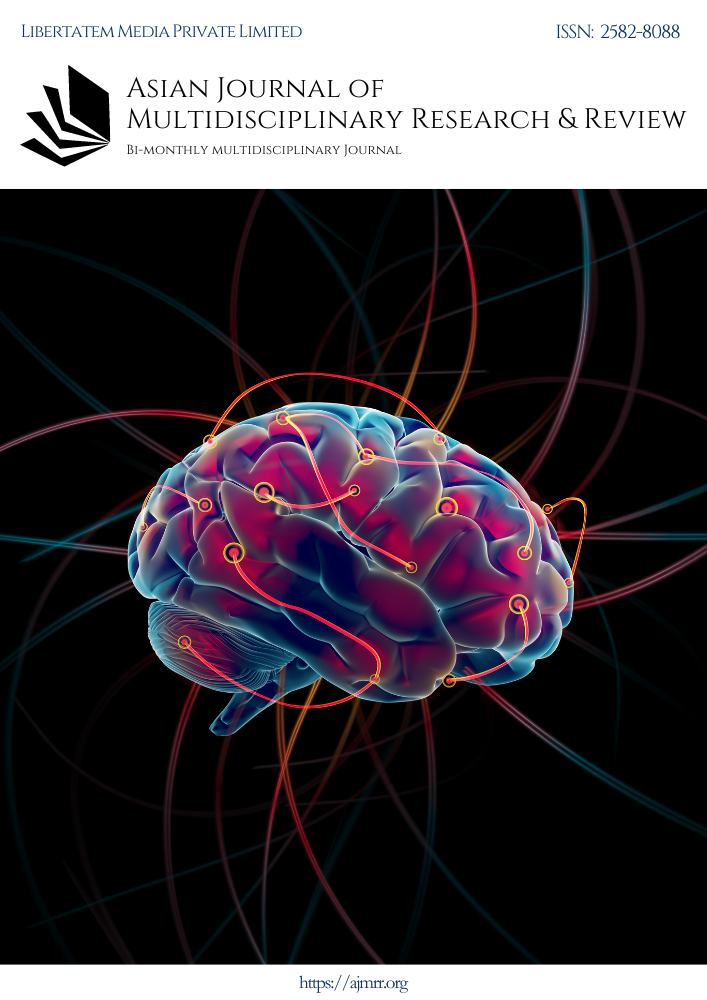A REVIEW PAPER ON DOCUMENTATION AND CONTEMPORIZATION OF DESIGN OF FARSHI PAJAMA
Keywords:
Contemporary, GhararaAbstract
Farshi Pajama was inspired from the floor covering gowns of british women. It used to take 9-15 yards of expensive and fine cloth to get the typical flare of the pajama. ‘Gharara’ evolved to become floor length dress along with the kurta or a long shirt, the dupatta or the long stole. Pajama was made up of atlas or etles silk which was imported from China. The fabric was so expensive as normal people can’t afford it. In 1980’s it was given a modern contemporary touch by various fashion designers and worn by bollywood stars for period roles in films like Umrao Jaan and Shatranj ke Khiladi then also they failed to revived it and this elegant piece of clothing lost popularity in India while expensive fabric and flare length was the main factor behind it. Reducing the making cost still maintaining its charm can work as key element for regaining its popularity among common people
Downloads
Downloads
Published
Issue
Section
License

This work is licensed under a Creative Commons Attribution-NonCommercial-ShareAlike 4.0 International License.
License Terms
Ownership and Licensing:
Authors of research papers submitted to the Asian Journal of Multidisciplinary Research & Review (AJMRR) retain the copyright of their work while granting the journal certain rights. Authors maintain ownership of the copyright and grant the journal a right of first publication. Simultaneously, authors agree to license their research papers under the Creative Commons Attribution-ShareAlike 4.0 International (CC BY-SA 4.0) License.
License Permissions:
Under the CC BY-SA 4.0 License, others are permitted to share and adapt the work, even for commercial purposes, as long as proper attribution is given to the authors and acknowledgment is made of the initial publication in the Asian Journal of Multidisciplinary Research & Review. This license allows for the broad dissemination and utilization of research papers.
Additional Distribution Arrangements:
Authors are free to enter into separate contractual arrangements for the non-exclusive distribution of the journal's published version of the work (e.g., posting it to institutional repositories or publishing it in books), provided they acknowledge the initial publication of the work in the Asian Journal of Multidisciplinary Research & Review.
Online Posting:
Authors are encouraged to share their work online (e.g., in institutional repositories or on personal websites) both prior to and during the submission process to the journal. This practice can lead to productive exchanges and greater citation of published work.
Responsibility and Liability:
Authors are responsible for ensuring that their research papers do not infringe upon the copyright, privacy, or other rights of any third party. The Asian Journal of Multidisciplinary Research & Review disclaims any liability or responsibility for any copyright infringement or violation of third-party rights in the research papers.



